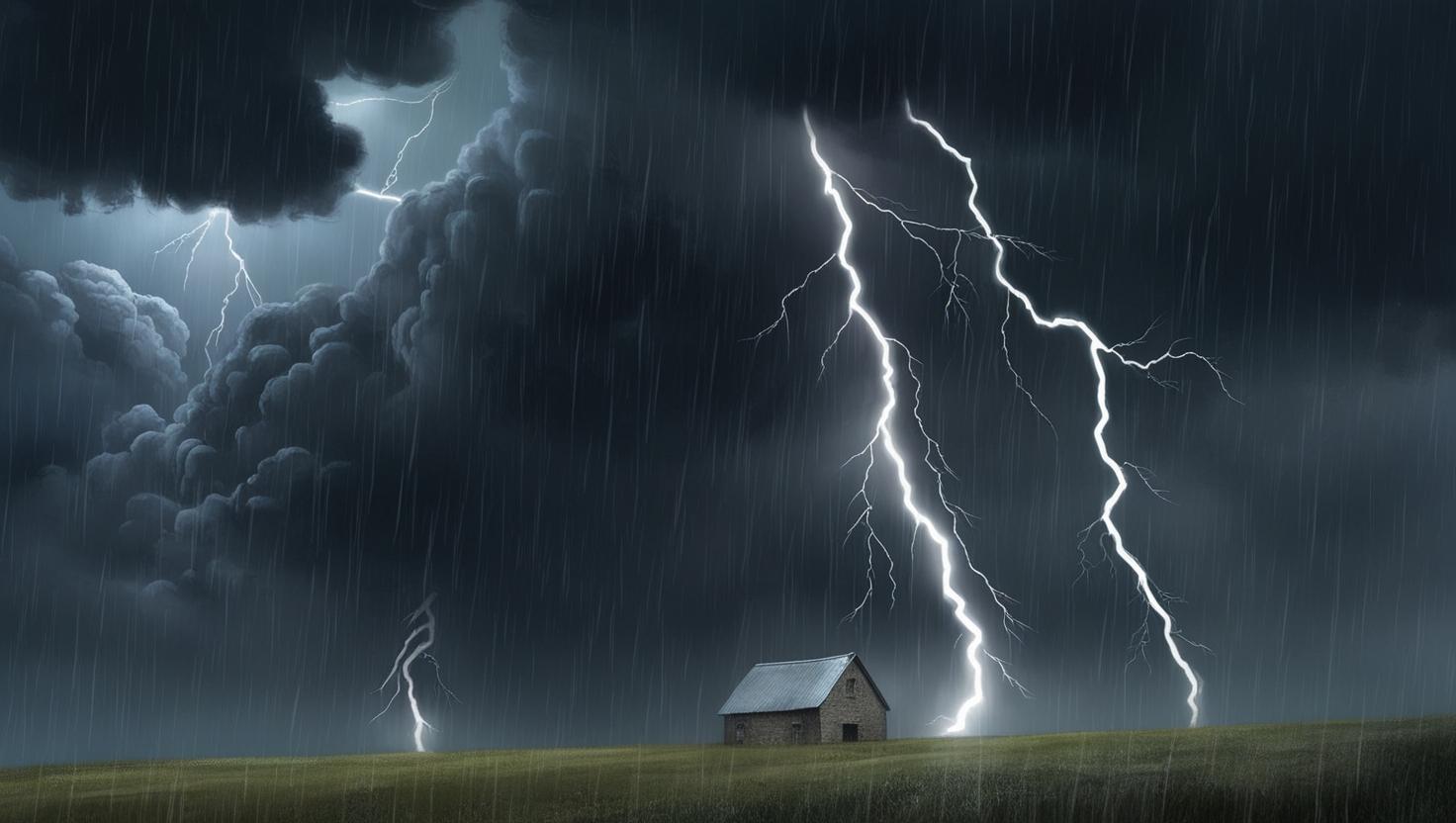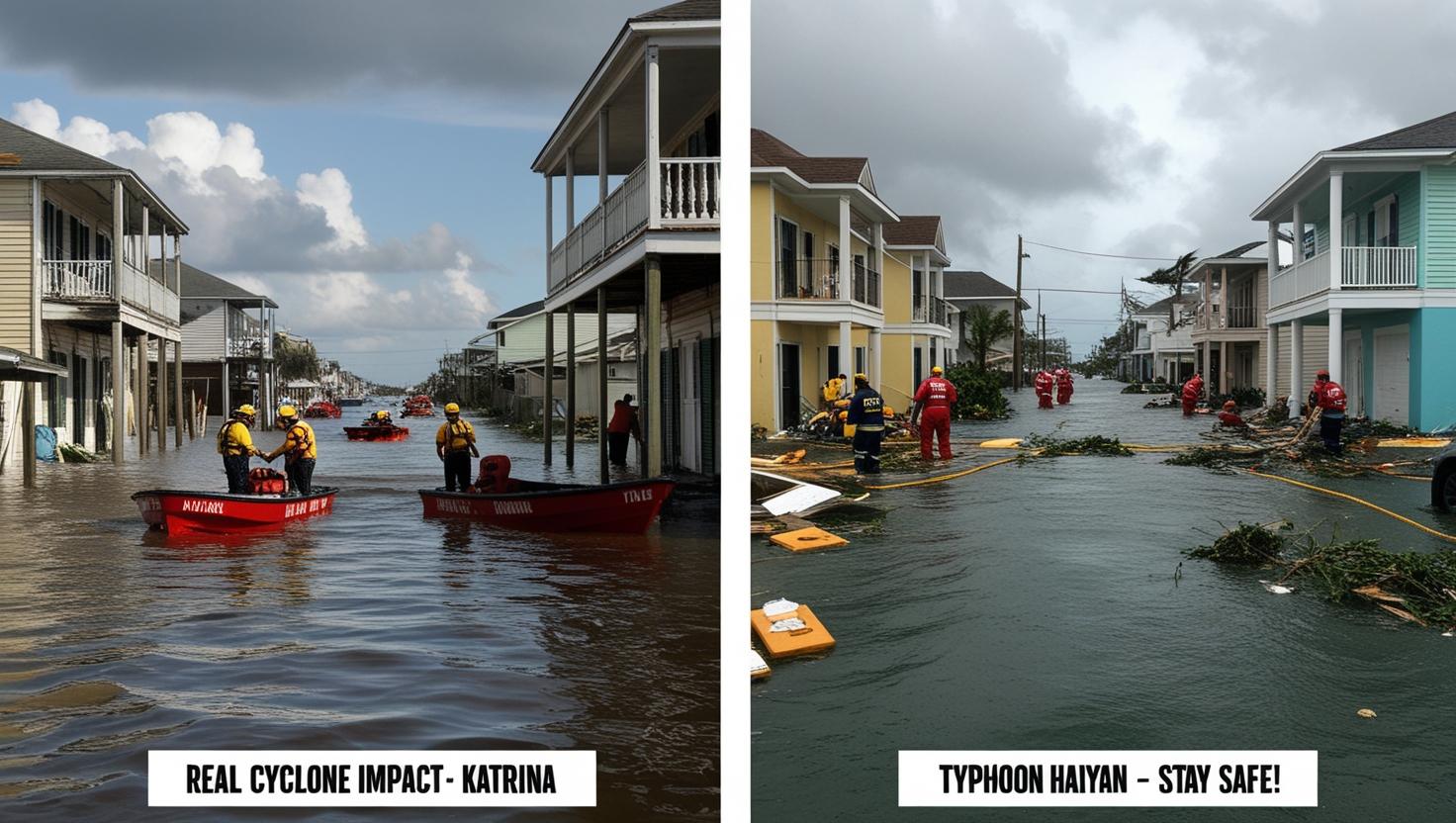Wind, Storms and Cyclones
Wind, storms, and cyclones are nature's most powerful and exhilarating weather phenomena! They occur as a result of temperature and air pressure differences around the Earth.
- Wind: It’s just moving air! At times its a light wind that makes your locks fly, at other it’s fierce breeze that makes you feel like flying!
- Storms : “They’re the bad boys of weather – heavy downpours , thunder , lightning . These storms can really stir things up, and boy do they make for some dramatic looking skies!
- Cyclones : These are LARGE spinning storms that develop over warm ocean waters . They are like nature’s supercharged roller coasters of wind and rain, creating giant waves and hurricane-force winds , as well as torrential rains . Wowza!
Types of Wind, Storms, and Cyclones
-
Wind
Wind is just air moving from high-pressure areas to low-pressure to fill the gaps. And there are different varieties of wind too with the different power and the speed! 🌪️
- Breeze : A light, gentle wind, like a soft whisper on your face in a sunny day. It’s just right for Toy Kites or simply heading to beach on cool day!
- Gale : A little stronger than a breeze, a little weaker than a cyclone. No one can get messy with hair or blow things around!
- Hurricane-force Winds : These winds pack some serious punch! They can pick up trees , shift cars and wreak havoc. They are a top-tier category of wind strength.
-
Storms
Storms are severe weather events that can include wind , rain , thunder and sometimes even lightning ! Let’s look at the various types of storms:

- Thunderstorms: These storms pack a punch! You can hear the loud thunder rumbling, and the bright lightning flashes in the sky . It’s as if the torch is playing with the light!
- Tropical Storms: These pack slightly less of a punch than cyclones, but still drop a ton of rain and deliver powerful winds . They are a lot of fun if you enjoy watching the rain, but they can create flooding!
- Blizzards: Snowy storms, plus strong winds and lots of snow . That day can put white on everything around you! You feel like you’re stepping into a huge snow globe!
-
Cyclones
Cyclones are large, twisting storms that develop over warm ocean waters . They are also the largest and strongest kind of storm. Strong wind: Cyclones are classified according to their strength:
- Tropical Cyclones : These are cyclones that develop in the tropics , producing heavy rainfall , extreme winds , and potential flooding. They’re wild and can be scary!
- Hurricanes : Found in the Atlantic Ocean , hurricanes are the best-known type of cyclone. They can be so powerful that they inflict severe destruction on structures , highways, and anything that’s in their way.
- Typhoons: Cyclones in the Pacific Ocean . They are exactly hurricanes but only have another name in the other part of the — typhoon . They can also pack powerful winds and heavy rain , similar to hurricanes.
Real-Life Examples of Wind, Storms, and Cyclones

- Have you ever stood outside in the storm? The lightning and thunder makes you feel like you’re in the middle of a battle between superheroes cracking the forces of nature!
- Cyclones like Hurricane Katrina and Typhoon Haiyan demonstrate just how fierce these storms can be. They can be very harmful but they also remind us how relevant we have to stay in terms of being safe and prepared.
Descriptive Guide on Wind, Storms, and Cyclones
- Wind: The motion of air ranging from gentle bumbles to strong hurricane force tangential winds among trees. Wind is created when warm air rises and cooler air rushes in to replace it.
- Storms: This is an event when strong winds , heavy rain , and sometimes lightning combine! Such storms form when air masses of different temperatures collide.
- Cyclones: The grandaddy of all weather events — giant, whirling storms that originate over warm oceans and move thousands of miles . Cyclones are destructive when they hit land.
Fun Facts About Wind, Storms, and Cyclones
- The eye of the cyclone and the winds around it are amazingly strong – like a wheel of power spinning around!
- Wind can range from a light breeze to a powerful gale , and sometimes, it can even make hurricane-force winds !
- Cyclones are damaging but they have cooling effect on the Earth by transferring warm air and cool down the ocean waters .
Key Points to Remember
- Wind blows from high pressure to low pressure areas.
- Storms can produce heavy winds , rain — and even lightning .
- Cyclones are huge, swirling storms that develop over warm ocean water . They are capable of spawning the most severe weather.
Conclusion:
Understanding wind, storms, and cyclones helps us stay safe and prepared during extreme weather. Wind is caused by differences in temperature and air pressure, and it can sometimes grow into powerful storms or cyclones. These natural events can be dangerous, but with the help of science, weather forecasting, and safety measures, we can reduce their impact. By learning about how they form and how to protect ourselves, we can stay safe and help others during stormy times.
CBSE Schools In Popular Cities
- CBSE Schools in Bangalore
- CBSE Schools in Mumbai
- CBSE Schools in Pune
- CBSE Schools in Hyderabad
- CBSE Schools in Chennai
- CBSE Schools in Gurgaon
- CBSE Schools in Kolkata
- CBSE Schools in Indore
- CBSE Schools in Sonipat
- CBSE Schools in Delhi
- CBSE Schools in Rohtak
- CBSE Schools in Bhopal
- CBSE Schools in Aurangabad
- CBSE Schools in Jabalpur
- CBSE Schools in Jaipur
- CBSE Schools in Jodhpur
- CBSE Schools in Nagpur
- CBSE Schools in Ahmednagar
- CBSE School In Tumkur











